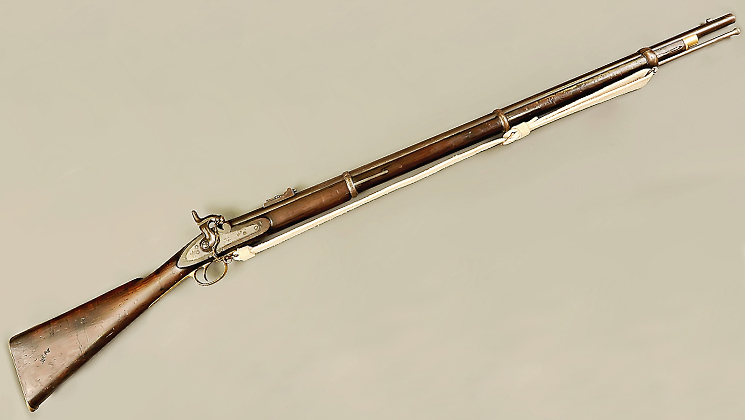

5 rifle was used in the Malayan Emergency, where it saw combat in Southeast Asian jungles, giving it the nickname "Jungle Carbine". It had limited success and mixed user opinions.Īfter World War II, the No. Later in World War II, a carbine iteration of the Enfield was created, designated the No.5 Mk.1, used in the jungle climates of Southeast Asia. The Mk.6 was also issued in the aftermath of Operation Dynamo (Dunkirk Evacuation), and was so similar to the No.4 that post 1931 models were simply designated as No.4 Enfields, and by this time, No.4 Enfields had been issued to the vast majority of the British armed forces, while Commonwealth nations used licensed copies of the SMLE Mk.III.

22LR ammunition, the "No.3" was assigned to the Pattern-14 rifle, which was used in limited numbers, and provided the basis for the No.4's improvements. The "Rifle No.2" (No.1 Mk.4) was a training version of the SMLE No.1 but chambered to. It was not issued en masse until around 1941. I, the standard British infantry rifle from 1939.
#PATTERN 14 ENFIELD VALUE TRIAL#
III was further improved over time through two new trial models, the Mk.5 (1922) and the Mk.6 (1926), culminating in the creation of the Lee-Enfield No. III* variant.Īfter World War I, the SMLE Mk. During World War I, the SMLE was also simplified for ease of production, with the removal of the volley sights, among other features. The SMLE Mk.III is the standard rifle for the United Kingdom in World War I. James Paris Lee is the owner of the Lee in the name, as he was instrumental in its design, having developed a number of bolt action innovations, like box magazines. The Short Magazine Lee-Enfield (SMLE) is developed in the pre-WWI years at Royal Small Arms Factory in Enfield, outside of London, as well as the pattern of rifling inside of the barrel. The Lee-Enfield rifle is derived from the Lee-Metford rifle.


 0 kommentar(er)
0 kommentar(er)
